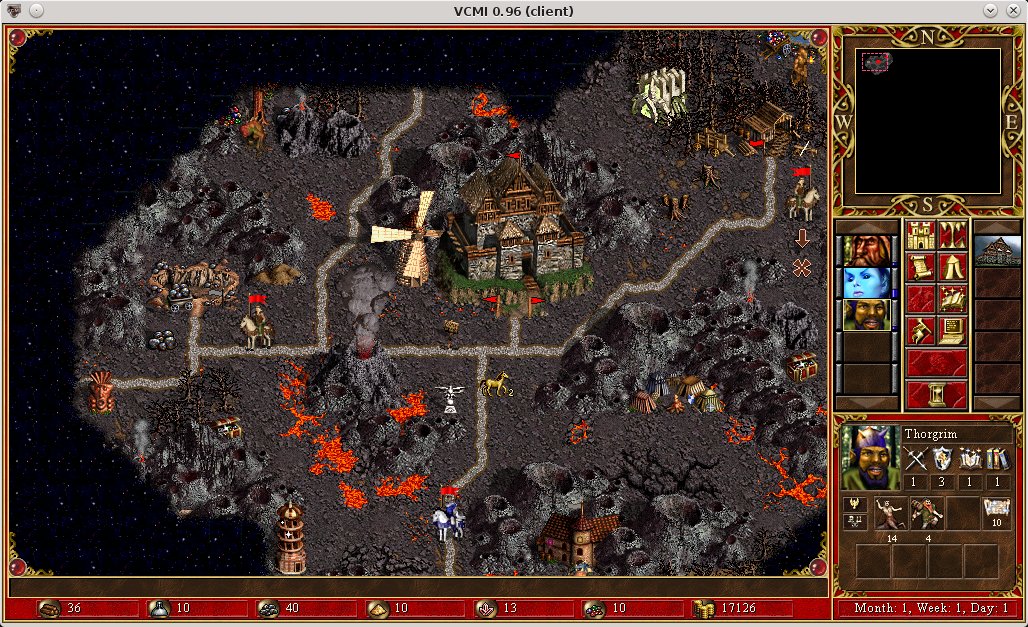

When I captured a city with my artillery, there was just a brief pause then everything turned blue. There aren’t many animations to speak of either. I wasn’t expecting Civilization, of course, and there are some nice water effects going on but nearly everything else is just a flat texture. It’s not helped by the campaign map being a little threadbare. It should not be followed by a contingent of Gurkhas playing tiddlywinks in the town square while the enemy’s victory points tick away. A mission where you have to desperately hold off an approaching army of heavy armour should be the exciting climax. There is auto-resolve, but you get better rewards by doing it yourself. The necessity of having all fights resolve through skirmishes means that for every interesting, tense battle you’ll have three or four completely trivial ones. Core missions are generally reserved for taking cities, while enemy companies roam around the map. It makes the difficulty curve all over the place, something it shares with the campaign.

Set two alarms if you keep sleeping through, lads. In the king-of-the-hill style Victory Point skirmishes, they’d lose a quarter of their points before they’d even showed up to the fight. Checking if they were on a smoke break, perhaps? The only change the difficulty made was that the game seemed to be slipping the AI a few extra squads under the table, which would explain why they could churn them out faster than I could.Įven then, the AI was slow to capture key points. Then I watched as the AI ran directly at my MG emplacement, retreated for a minute, then ran straight back in again. I wondered if this might have something to do with the difficulty setting, so I tried a 1v1 skirmish against a hard enemy. It constantly makes poor decisions, both on the campaign map (where it barely shows up for work) and in skirmishes. Let’s start with the biggest elephant in the room: the AI. Unfortunately, ambition doesn’t mean much without execution and that’s where Company of Heroes 3 struggles. There’s even a loyalty system, where you can buddy up with three seperate commanders, each with their own unique skills. I went with the UK Indian Artillery, giving me access to trusty Gurkhas and a lot of explosions. Depending on your choice of company, you get different bonuses. When you meet another company, the conflict is resolved in a skirmish, which neatly connects the two.

From Serrano, you spread out across Italy, capturing towns, wiping out enemy companies and liaising with partisan forces where you can. The first campaign is a crawl through southern Italy, with a landing in Serrano and a vague objective to take Rome. This changes from real-time to turn-based, as you zoom right out to see the theater as a whole.

The other side of the coin is the campaign map. I do wish the camera would let me zoom out a wee bit though. It rewards creative and tactical thinking, which I appreciated. I frequently used Gurkha rifle squadrons to pin enemies down, then flanked them with riflemen. Flanking and fortifying are your best bets, following by destroying the cover with a particularly big gun. Your troops are left picking at each other, taking no casualties and wondering if they should have brought a sleeping bag. If you and your foes are both behind cover then things slow right down. Otherwise they’ll be cut down in seconds. To keep your plucky fellows alive, you have to to move from cover to cover. The combat maintains its emphasis on tactics, with the biggest focus being on cover. It creates a pleasant arc of conflict, as you clash around key contested points. As you progressively capture territory, and bolster your troops, you’ll inevitably come in contact with the enemy doing the same thing. In order to recruit more squads, you need resources which are gained from holding specific points on the map. This is the ground-level combat, where you control individual squads and vehicles. Let’s take skirmishes first, as these hark back to Company of Heroes of old. Company of Heroes 3 is split into two areas: skirmishes and campaigns.


 0 kommentar(er)
0 kommentar(er)
